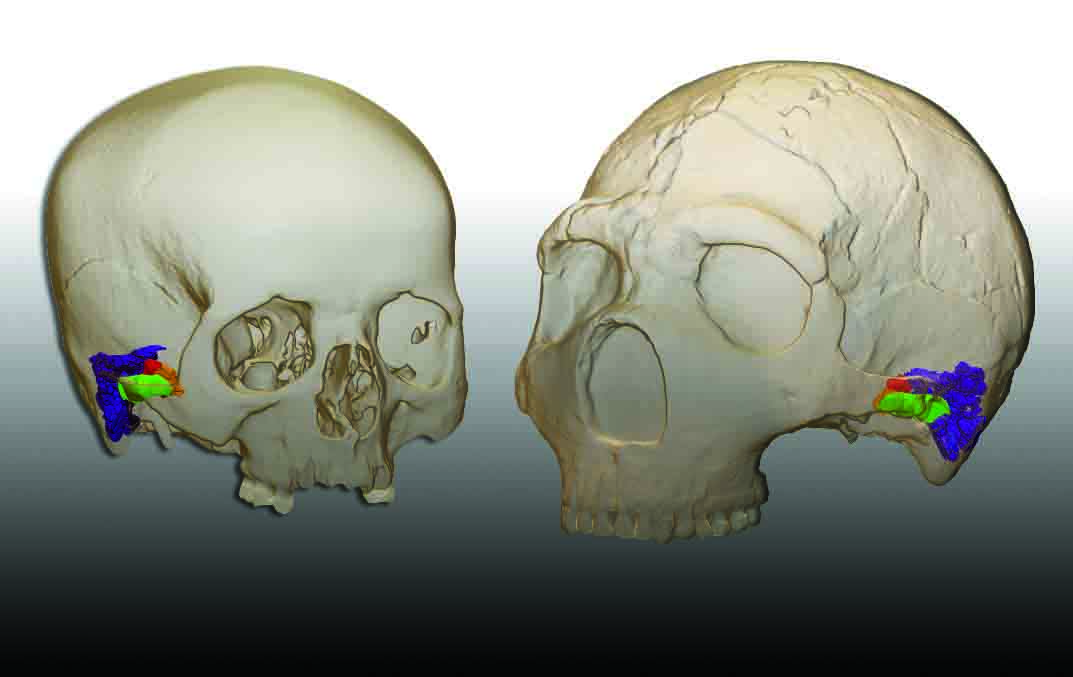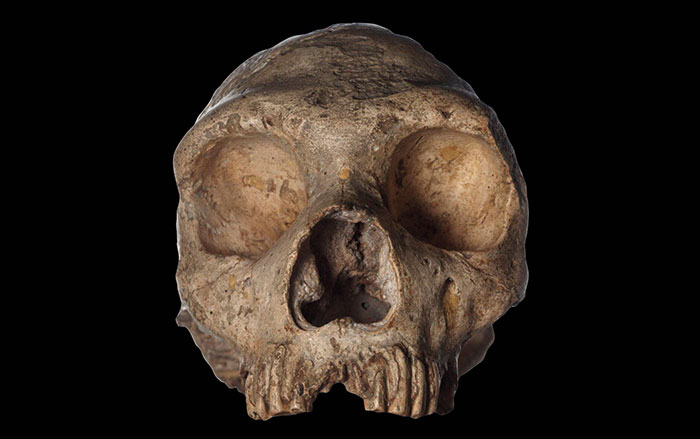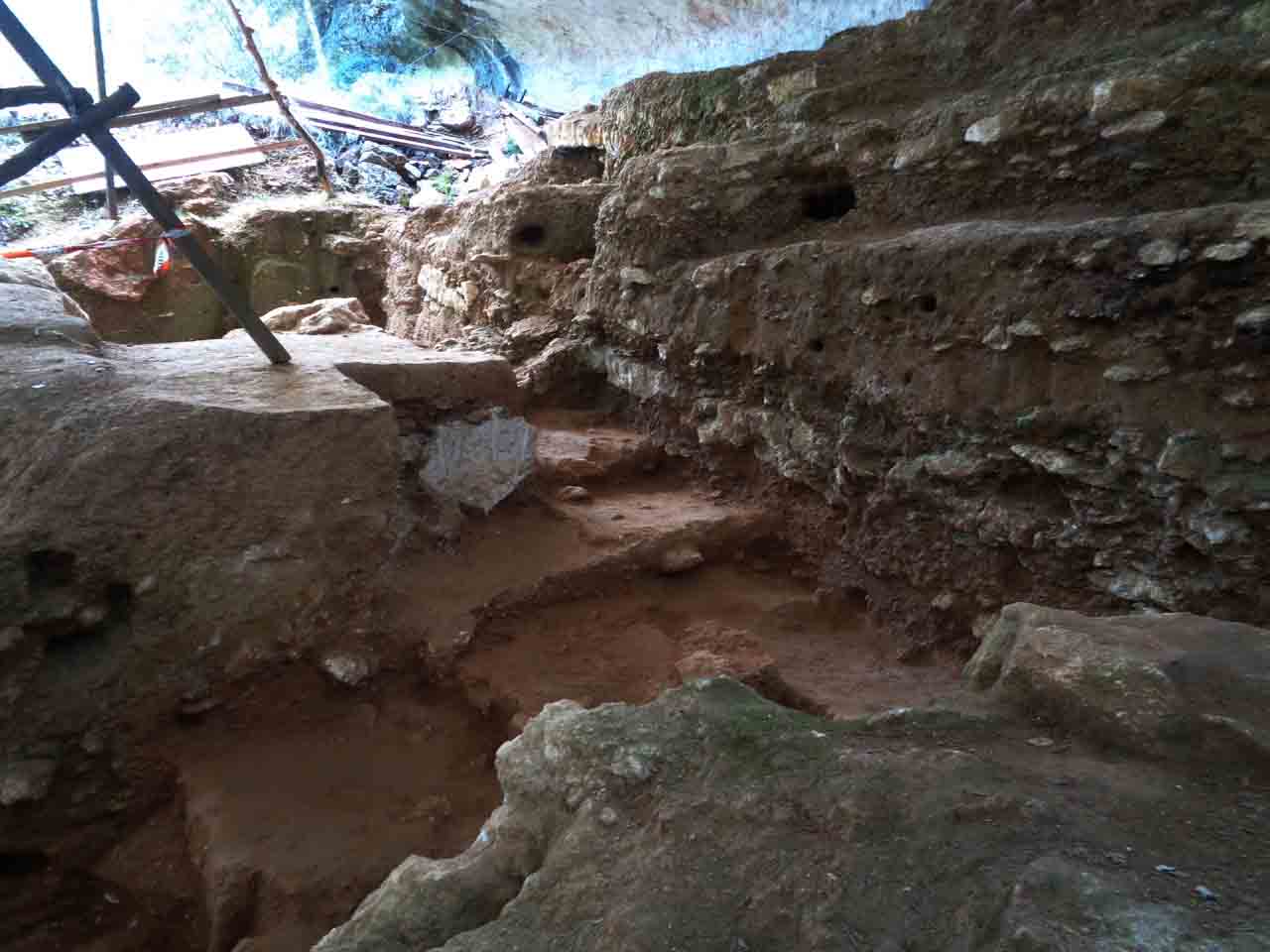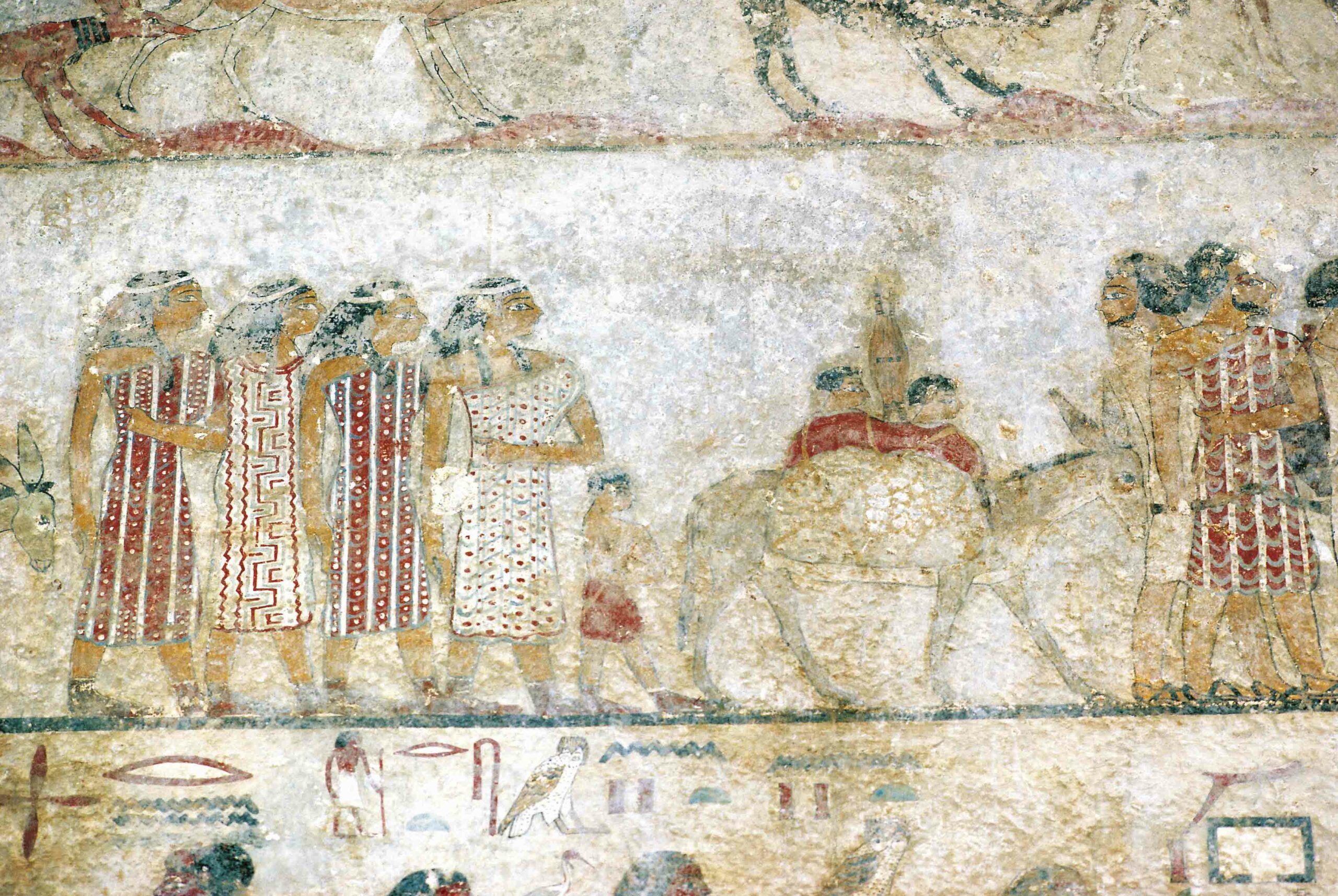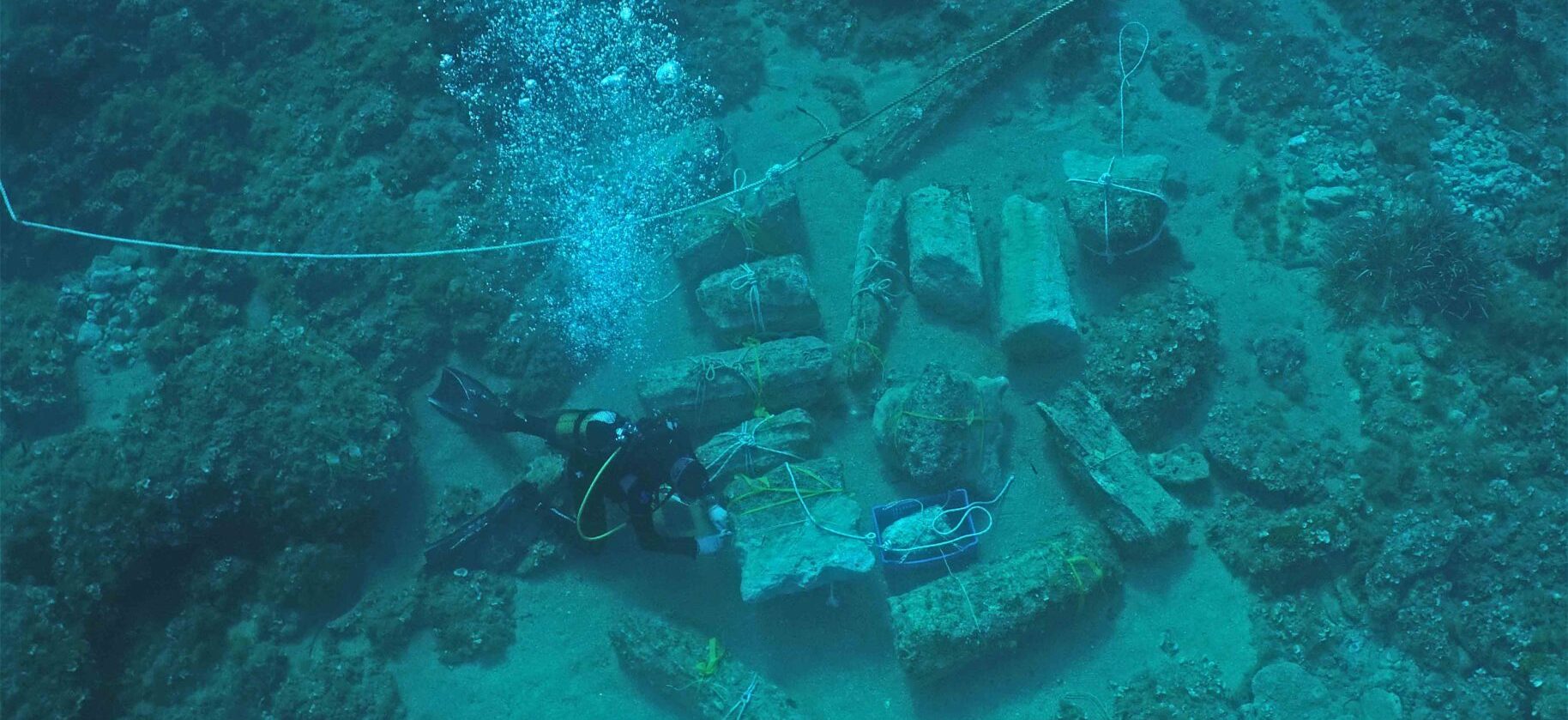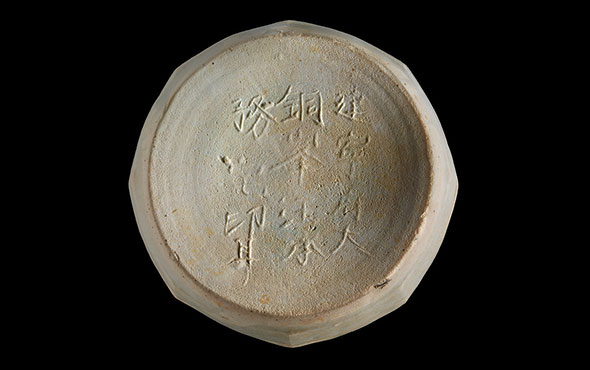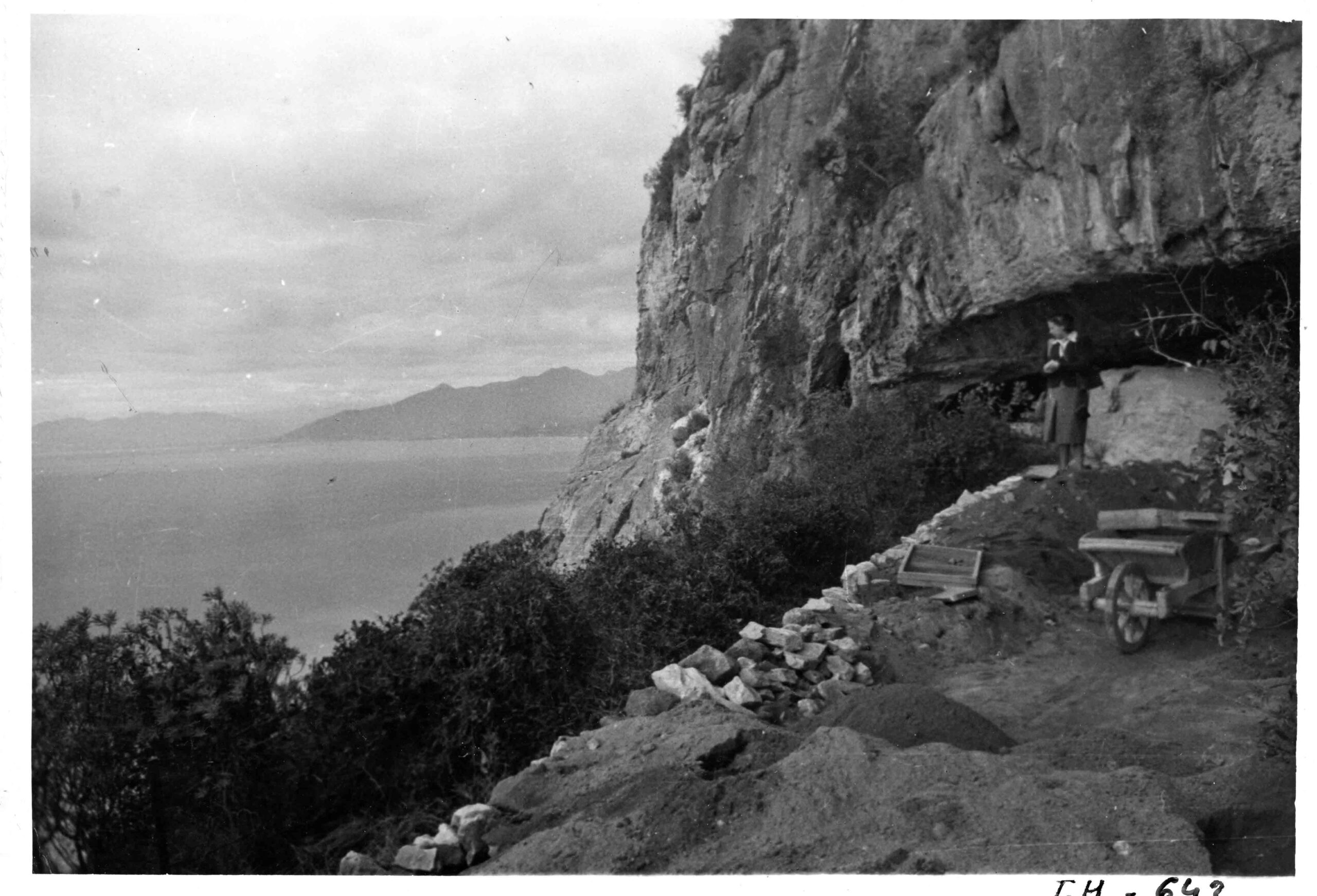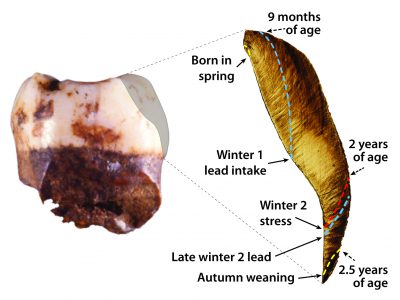
BRISBANE, AUSTRALIA—Science Magazine reports that Tanya Smith of Griffith University used teeth to investigate the effects of climate and environment on the growth of two Neanderthal children who lived in southeastern France's Rhone Valley some 250,000 years ago. Smith and her colleagues examined thin sections of the Neanderthals’ tooth enamel with a polarized light microscope, and compared them to samples obtained from the teeth of a modern human child who lived at the same site in the Rhone Valley about 5,400 years ago. Markers for stress in the daily growth lines of the enamel indicate that both Neanderthal children experienced frequent illnesses while toddlers. Chemical analysis of the amount of barium in their teeth suggests Neanderthal mothers weaned them at the age of two-and-a-half, which is about the same age to which modern human hunter-gatherers are known to nurse their children. Oxygen isotope analysis appears to show that the Neanderthal children experienced cooler winters and greater climate variation than the modern human child did, even though they lived in the same area. Finally, both Neanderthal children were exposed to lead at least twice, perhaps from food or smoky fires contaminated by two nearby lead mines. For more, go to “A Traditional Neanderthal Home.”


